Like every year, Apple has released a Pro model to go with the regular iPhones. The Apple iPhone 12 Pro is, without a doubt, an impressive smartphone and together with the larger Pro Max, among the best phones Apple has ever made. However, it remains to be seen whether the more expensive Pro model has something special to offer professionals. Techzine will check it out in this review.
For the first time ever, Apple has four models in its line-up: the iPhone 12 and iPhone 12 Pro in ‘standard’ sizes, the larger iPhone 12 Pro Max and for the first time there is also a smaller version: the iPhone 12 Mini. We will discuss the iPhone 12 and iPhone 12 Mini later. In this review, we look at the default model from the Pro line: the Apple iPhone 12 Pro. After all, based on the name, you would expect a Pro model to be more suitable for professionals.
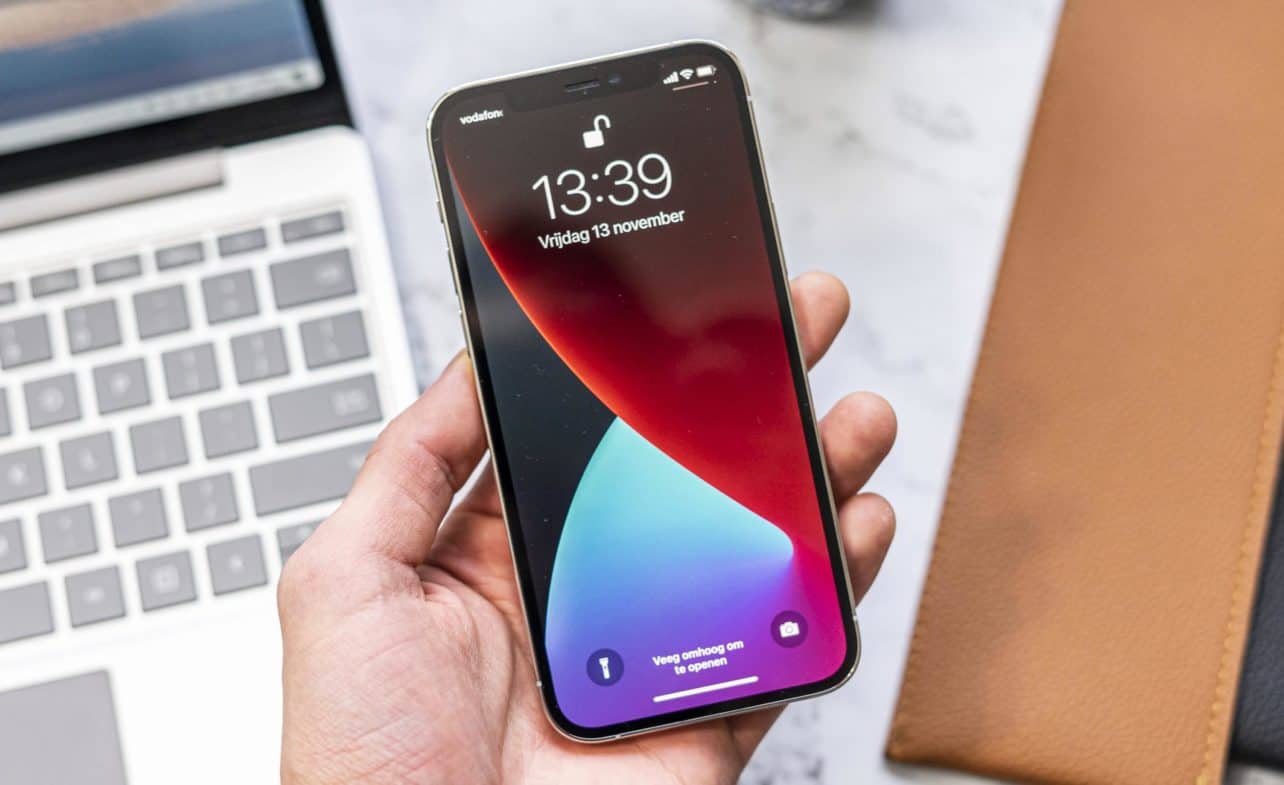
Strangely enough, the ‘Pro’ moniker, in this case, appears to indicate luxury. The iPhone 12 Pro has a more luxurious housing than its little brother, and the zoom camera and LiDAR sensor are also mainly luxury gadgets. The benefit the iPhone 12 Pro has on a professional level over the regular version, is that it has 6GB of memory. In the iPhone 12, there’s only 4GB. More than ever, the base iPhone and the Pro model are very much alike. All this together makes the iPhone 12 Pro not that Pro at all; although it is still a great phone for business use. In this review, you can read all about it.
Main specifications
| Display | 6.1 inch OLED, 1170×2632 pixels. 60Hz refresh rate |
| Network support | 5G |
| Processor | Apple A14 Bionic (3,1GHz hexacore, 5nm) |
| Memory | 6GB RAM, 128/256/512GB storage space |
| Battery | 2815mAh, 20W fast charge, 15W wireless charging |
| Software | iOS 14 |
| Camera | 12-megapixel main camera, 12-megapixel wide-angle camera, 12-megapixel camera with 2x zoom, 12-megapixel front camera |
Luxurious design calls back to earlier designs
Whereas in recent times smartphone designs have become increasingly rounded, Apple is taking the iPhone 12 series back to the more angular design language of a few years back. With its completely flat front and flattened edges, the iPhone 12 Pro is instantly reminiscent of devices such as the iPhone 4 and iPhone 5. And there is nothing wrong with that: if you ask us. It makes the iPhone 12 Pro look beautiful and very modern too. A small downside is that the smartphone appears a bit thicker than many competitors, as it can’t cover a few millimetres with curved sides. This is remarkable, as, in reality, the iPhone 12 Pro is fairly thin, with its thickness of 7.4 millimetres.

The materials used is one of the areas where the iPhone 12 Pro distinguishes itself from its cheaper brothers. The edge is made of stainless steel, giving the phone a nice shiny look. It takes some getting used to, but after a while, we actually liked it a lot. A disadvantage of the glossy material is that it’s more susceptible to fingerprints. The back of the phone is made of matte glass, with a shiny and quite striking camera bump. Apple offers the device in grey, silver, blue and gold colours, so there’s something for everyone.
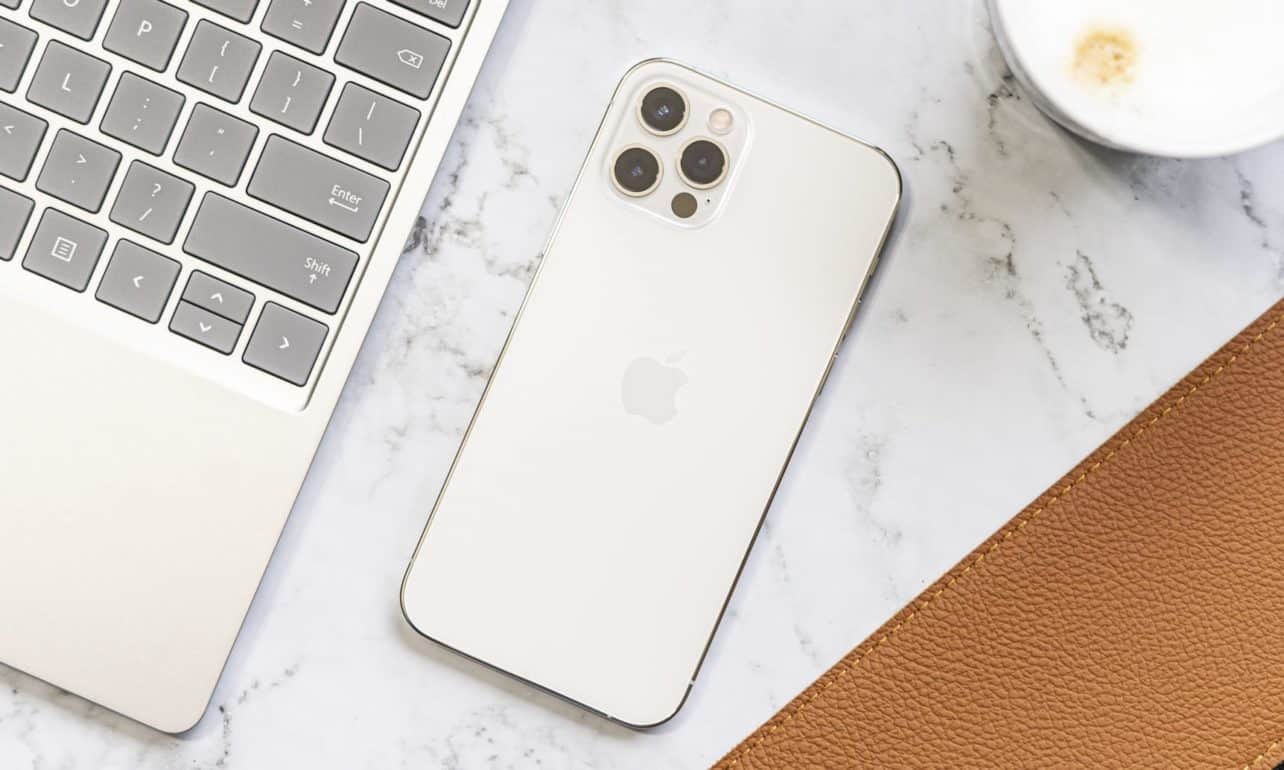
Apple has also improved the durability of the smartphone. Like all recent iPhones, the iPhone 12 Pro has IP68 certification for protection against water and dust. A new feature is the Ceramic Shield glass, that’s supposed to provide better protection. The glass is covered with extra strong nanocrystals. Apple claims that this makes the smartphone four times more resistant to cracking from a drop. Drop tests carried out by various YouTubers confirm that the glass is indeed solid. This is great progress that can prevent a lot of worries.

There is still a substantial notch above the display. This is, of course, mostly to make room for FaceID. FaceID is a very nice feature for which we can forgive the design sacrifice. Earlier this year, however, Huawei showed with the P40 Pro that full-face recognition is also possible with a much smaller hole in the display; it would have been nice if Apple had switched to a similar system. The big notch might also be needed for the speakers on the iPhone 12 Pro. One of the speakers is on the bottom; the other is incorporated into the notch. Together they produce great stereo sound.
Magsafe coming to iPhone
Wireless charging has been a feature in iPhones for some time, but in the iPhone 12 series, Apple takes it a step further. Using the MagSafe name, a magnetic ring has been placed around the wireless charger, creating some kind of hybrid solution. The special MagSafe charger clicks into place on the back of the device, allowing you to continue using the iPhone 12 Pro even while charging wirelessly. What’s more, you’ll never have to bother with the charger placement again: thanks to the magnets, it’s always right where it needs to be.
MagSafe can also be used to attach accessories to the smartphone. For example, you can buy a MagSafe case that can be expanded with a separate cardholder, to easily attach to the phone when you need it. This could theoretically be useful, but we imagine that this makes it a little too easy to lose your cards.
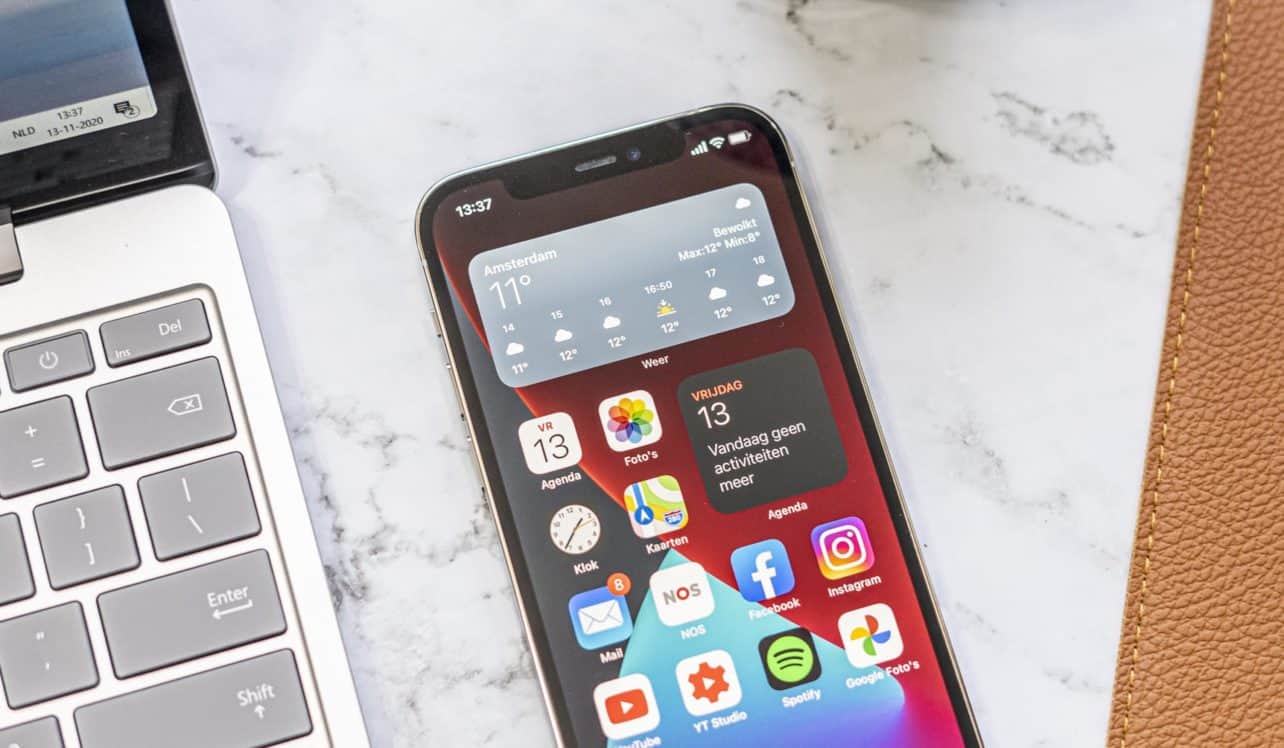
In itself, the MagSafe charger is a handy extra that Apple uses as a precursor to a future iPhone with no ports at all. The whole story does have a downside. Except for a USB-C to Lightning cable, there are no accessories whatsoever in the box. No earbuds and no charging brick. This is supposed to be better for the environment and probably no problem at all for many users. But if you don’t have a USB-C power adapter or an old lightning charger laying around, you first have to purchase a charger before you can actually use this over 1100 euro smartphone.
Amazing display is not that smooth
The screen of the iPhone 12 Pro looks simply amazing. The so-called Super Retina XDR OLED screen is 6.1 inches in size, has a resolution of 1170×2532 pixels and has support for HDR 10. The colour reproduction and viewing angles are incredible and the brightness is more than sufficient. In that respect, it is one of the most beautiful displays in any smartphone.
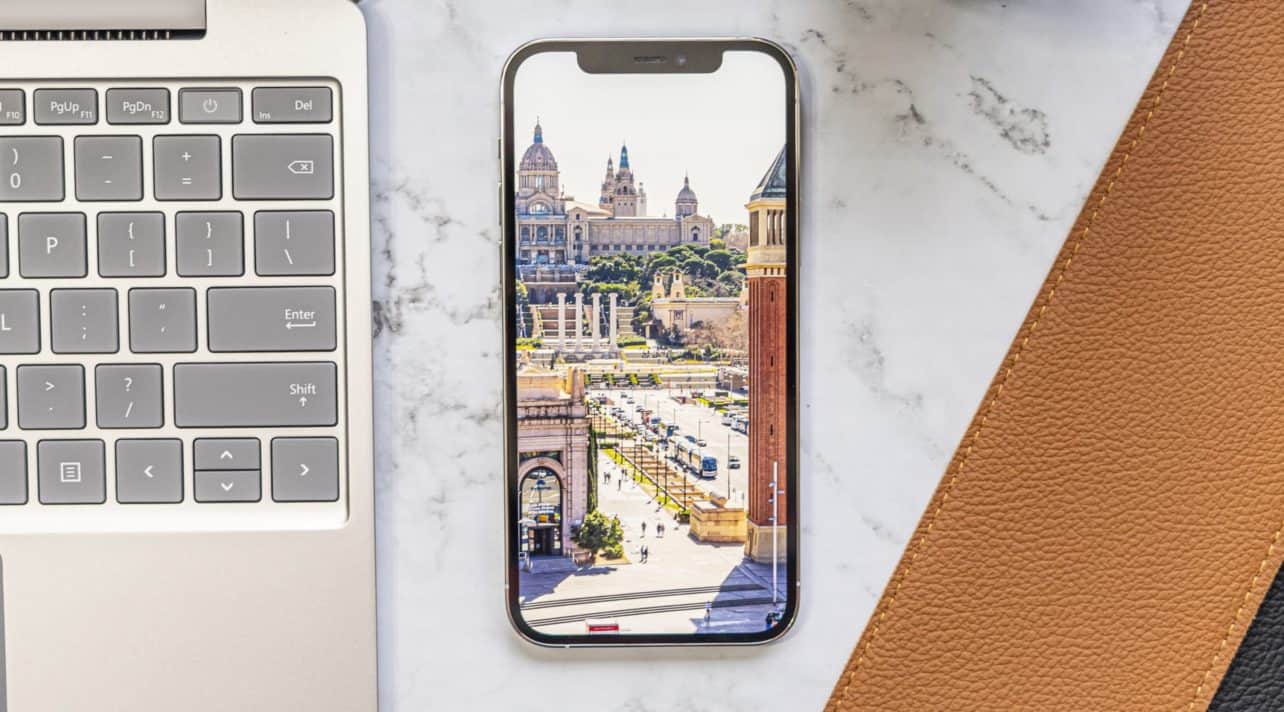
Yet the display also has a drawback. The refresh rate is only 60Hz, while nearly all high-end Android smartphones nowadays have 90Hz or even 120Hz displays. Those screens feel noticeably smoother when scrolling through texts, for example, and the omission of a faster display in the iPhone 12 Pro is disappointing.
5G support
The models in the iPhone 12 line are the first iPhones with 5G support. For the time being, this mostly means that you are prepared for the future, as the 5G networks currently active in Europe offer few advantages over 4G. Still, it is nice to know that when the advantages do start coming, your iPhone 12 Pro will support them, especially since people tend to hold on to their iPhone for a long time. In Europe, the iPhone 12 Pro doesn’t support the mmWave band and can only use the lower 5G frequencies. Since it is expected to take years before mmWave 5G will be available most European countries, this is not really an issue.

The 5G support is facilitated by Apple’s latest smartphone SoC, the A14 Bionic. It makes iPhone 12 Pro is one of the fastest phones ever. During our testing period, we’ve never noticed any glitches or hiccups, and everything works lightning fast. And although the 6GB of memory does not sound like a lot, Apple’s great optimizations make sure you will never run into memory problems, even if you’re running heavy applications.
The same goes for the battery. 2815mAh doesn’t sound like much, but the Apple iPhone 12 Pro makes the most out of it. Strikingly, the battery is a bit smaller compared to the iPhone 11 Pro, and the battery life has decreased a bit as a result. Nevertheless, the battery life is sufficient, and the iPhone 12 Pro easily makes it through the day, even under heavy usage.
On paper, the smartphone charges relatively slow: when plugged in, it charges with up to 20 watts and wirelessly the iPhone 12 Pro can handle up to 15 watts. Still, the smartphone does alright, taking about an hour and a half to fully charge, simply because the battery isn’t very large either.
Refreshed iOS
Many iPhone users will be used to iOS 14 by now, but the iPhone 12 series are the first phones that launch with the new iOS version. There have been several changes: for the first time, the home screens of the iPhone can be heavily customized. For example, you can put widgets on your home screens, and it’s finally possible to hide applications from the home screen. The latter has been made possible by the newly added App Library, which is a screen to the right of the home screen where all your applications can be found. By default, these are divided into automatically generated folders. However, you can still get an alphabetical list of all your apps by tapping the search bar at the top of the display.
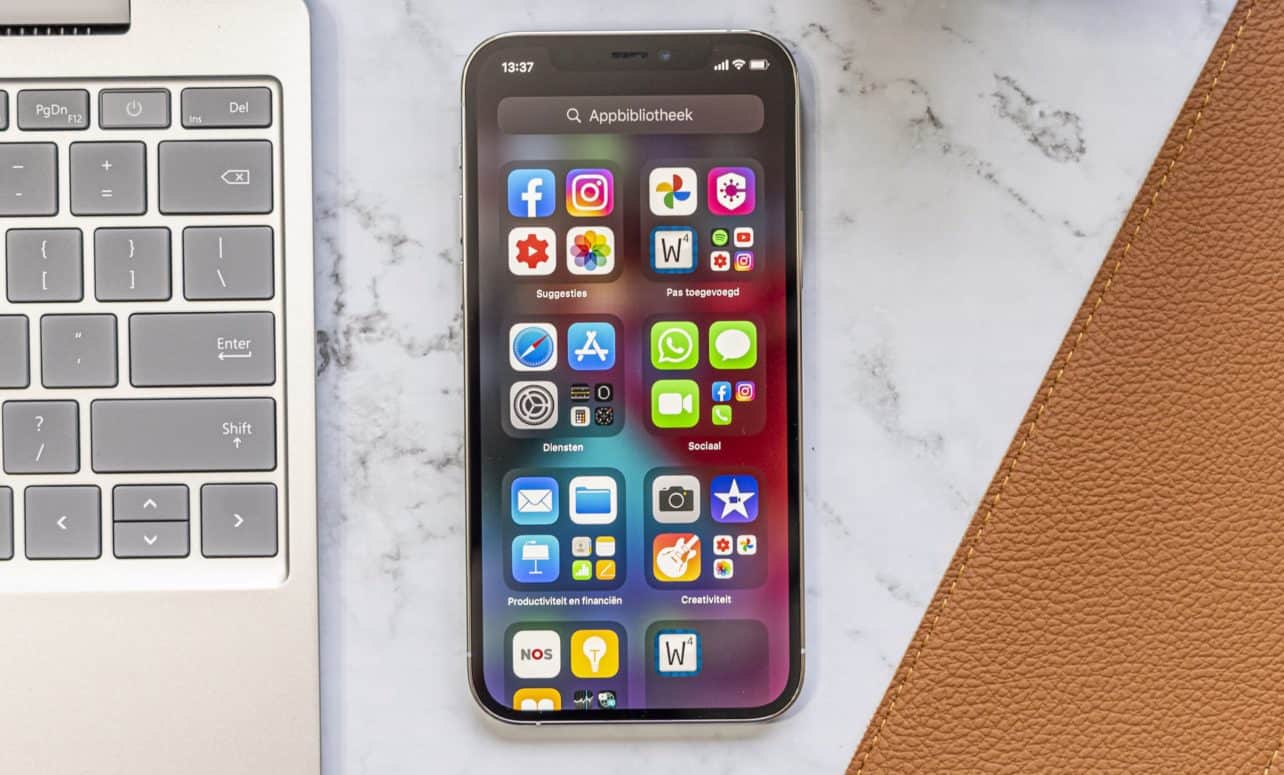
As far as we are concerned, this makes using the iPhone 12 Pro a lot more pleasant. By imposing a few restrictions on widgets, Apple has found a nice middle ground between the freedom to arrange your screen as you like, and the beautiful visual identity of iOS.
With that, iOS is still the nice and especially secure operating system that Apple is known for. Owners of the new iPhone are expected to get many years of support, access to Apple’s extensive ecosystem, good integration with other Apple products and convenient services such as Apple Pay.
An advantage the Apple iPhone 12 Pro has over the iPhone 12 is the addition of a LiDAR sensor on the back. Not only does this sensor enable you to take better pictures, but there are also a few applications that use the tools. For example, the built-in application for calculating distance is clearly more accurate than that of the iPhone 12 or previous models. The LiDAR sensor also allows for some new AR features.
Even better camera
Looking at the back, you might be fooled into thinking that the iPhone 12 Pro has the same camera setup as the iPhone 11 Pro. If you only consider the lens arrangement and camera resolutions, this is true: the iPhone 12 Pro has a 12-megapixel main camera, a 12-megapixel wide-angle camera and a 12-megapixel zoom camera. However, the sensor in the main camera has been updated, and the lens was given a larger aperture.
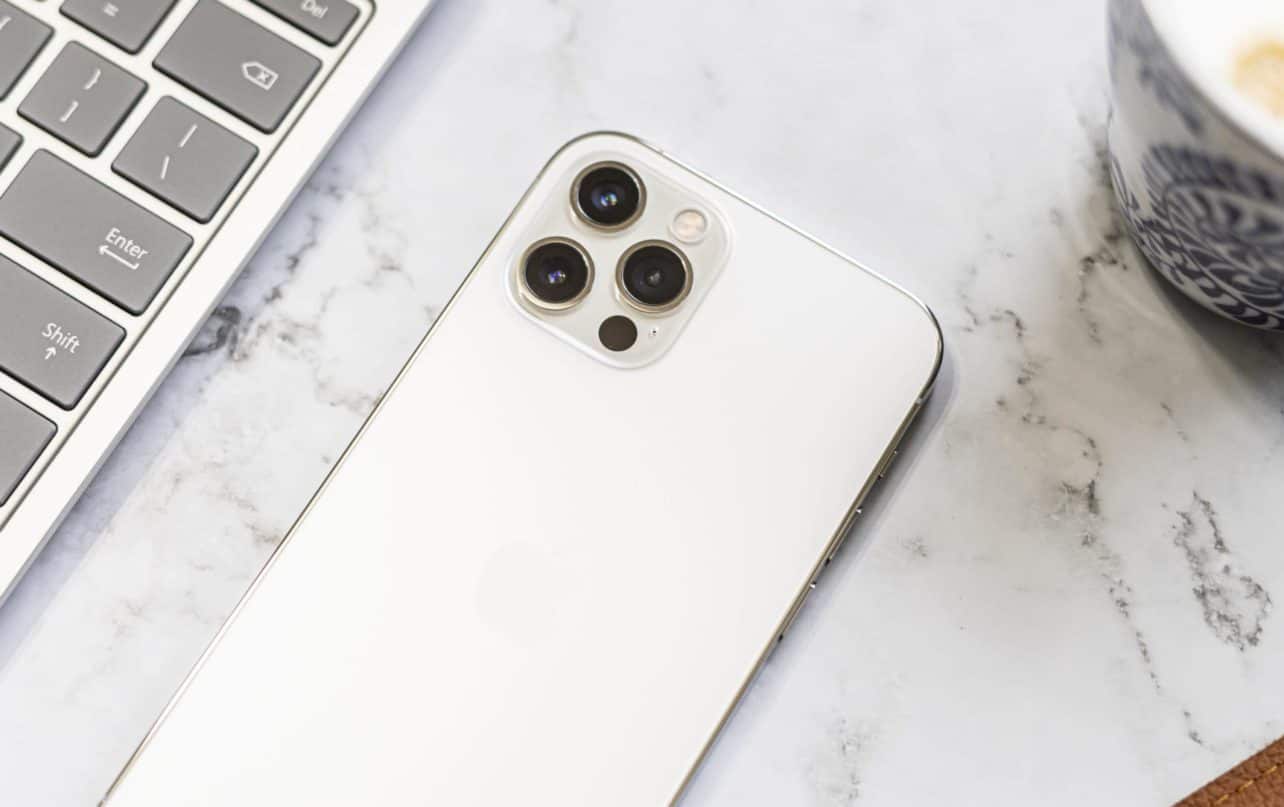
This becomes noticeable in poor light conditions. Combined with the new night mode, the improved camera ensures that the iPhone 12 Pro among the best when it comes to pictures in dark settings. It should come as no surprise that the smartphone also takes excellent pictures in good lighting conditions. Smart HDR is now in its third generation and makes even better use of machine learning to combine multiple pictures into a single image. All in all, the camera performance of the iPhone 12 Pro is very impressive.
The wide-angle and zoom cameras are nice additions, and the latter is an advantage the Apple iPhone 12 Pro has over the regular iPhone 12. It does result in better zoomed in pictures, although you should not expect the zoom feature to be as great as the main camera. Especially in poor light conditions, the main camera takes much better pictures than the zoom camera, and the iPhone 12 Pro regularly even switches to digitally zoomed images from the main camera. The wide-angle camera also looks significantly worse in poor lighting.
We already mentioned the new LiDAR sensor. It is not only used for the camera, but it certainly benefits it. In portrait mode, photos are clearly cropped out much better than those of iPhone 12, which lacks the sensor. The sensor also helps with focusing the camera in low-light conditions. Moreover, the iPhone 12 Pro features a night portrait mode, which provides better and somewhat brighter portrait images when there is little light.
The iPhone 12 Pro can take selfies with its 12-megapixel front camera, which takes beautiful pictures. We did have problems getting the front camera to focus sometimes, especially when more than one person was in the shot. The video feature of the iPhone 12 Pro is also excellent. Both in terms of image and sound quality, this iPhone scores better than most of its competitors.
Conclusion
As we said it at the beginning of this review: the iPhone 12 Pro isn’t actually that much better for professional use than its cheaper sister. The extra memory is nice if you run a lot of heavy software on your smartphone, but in practice, you won’t really notice that much of a difference. The LiDAR sensor might be a nice feature for some users, but for serious applications, it is not precise enough and it remains to be seen if any software will make full use of its possibilities.
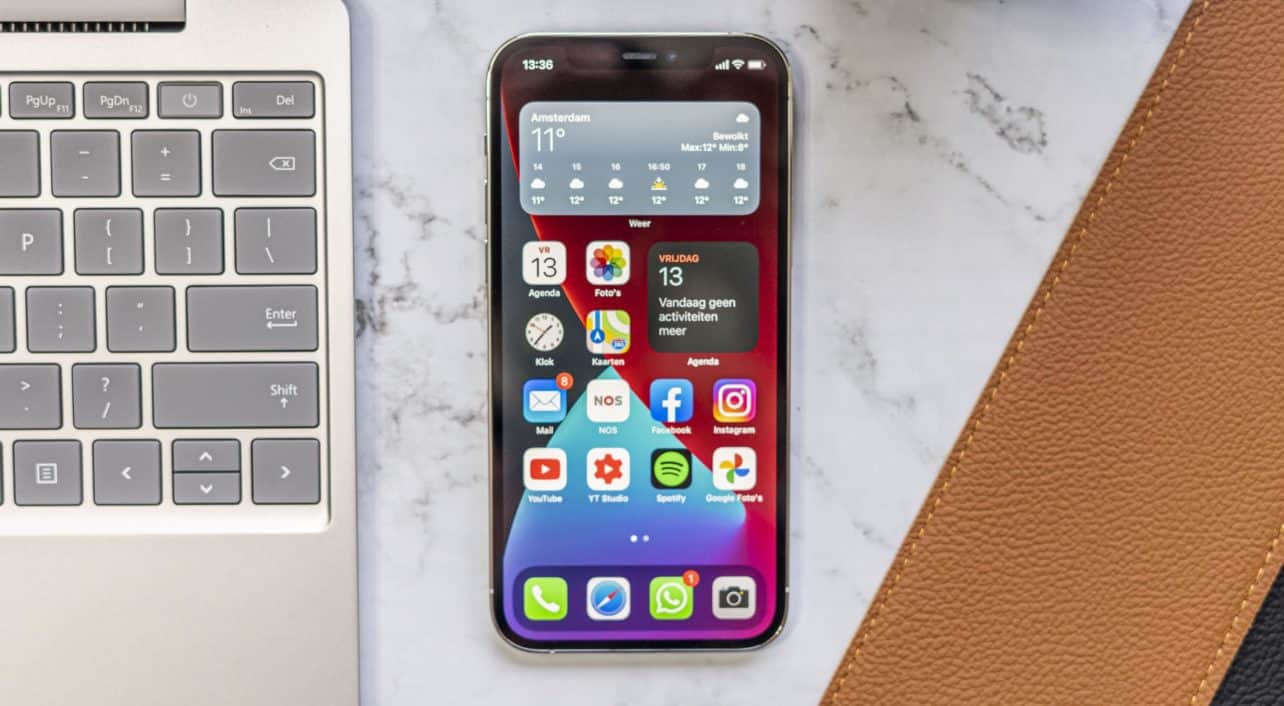
The main advantage the Apple iPhone 12 Pro has over the regular 12 is in added luxury and gadgets. Think of the stainless steel housing, 2x zoom camera and more extensive camera possibilities. This makes the price difference of 250 euros hard to justify.
On the other hand, the high price of 1159 euros is the only real disadvantage of the iPhone 12 Pro. Okay, we may be a bit disappointed that the screen does not have a high refresh rate and that the notch is still quite large. However, that is where the drawbacks end. The camera is noticeably better, MagSafe is a handy extra, and the renewed design looks beautiful. As far as we are concerned, the Ceramic Shield display is a hit and will undoubtedly prevent many broken displays.
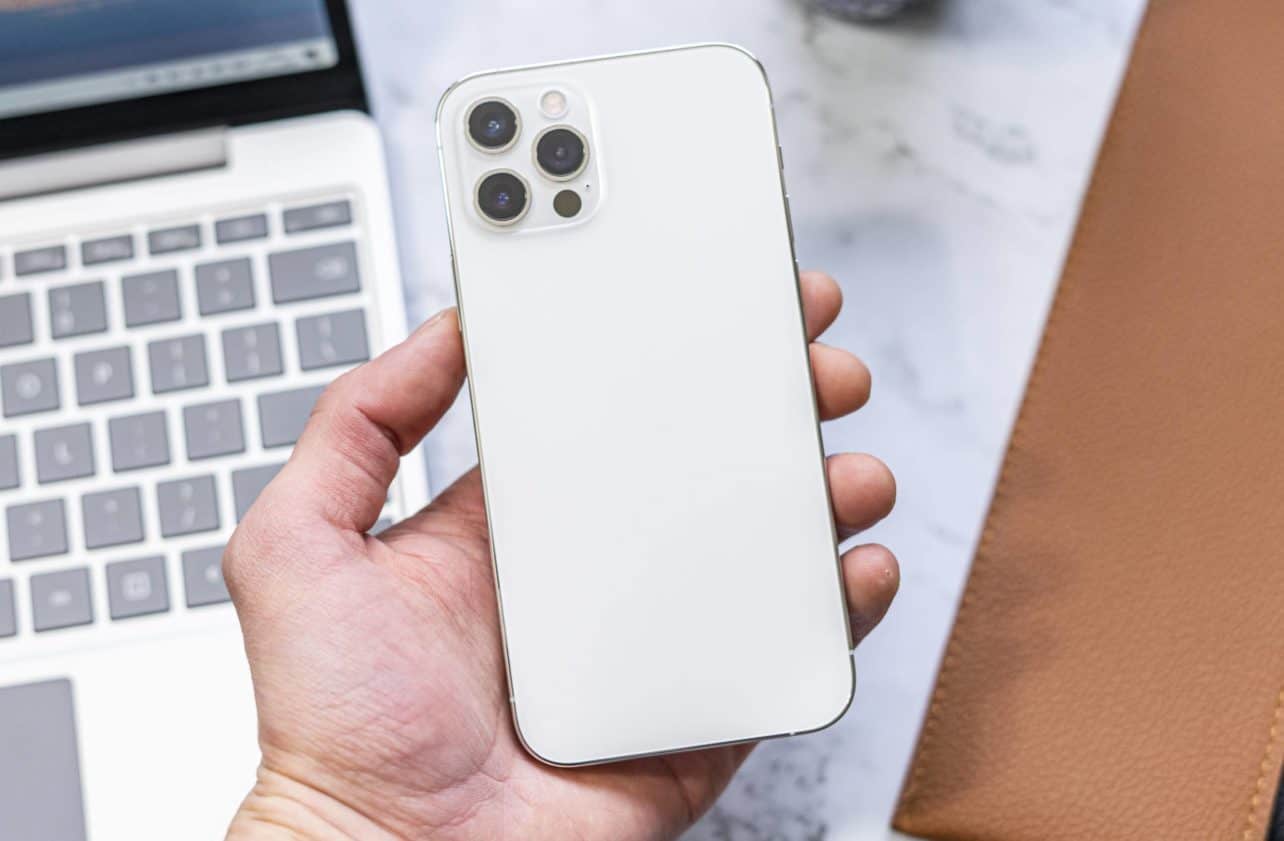
All in all, the iPhone 12 Pro is an excellent smartphone and a good step forward for Apple. Are you looking for a modern iPhone with just that little bit of extra luxury? Then this device is definitely worth it. In general, however, we would advise you to go for the cheaper iPhone 12. You will find a review of that phone on this website soon.
- Renewed design with sturdy display
- Lightnig fast
- Excellent software with long support
- Excellent and feature-rich camera
- No high refresh rate
- Limited advantaged when compared to the iPhone 12







